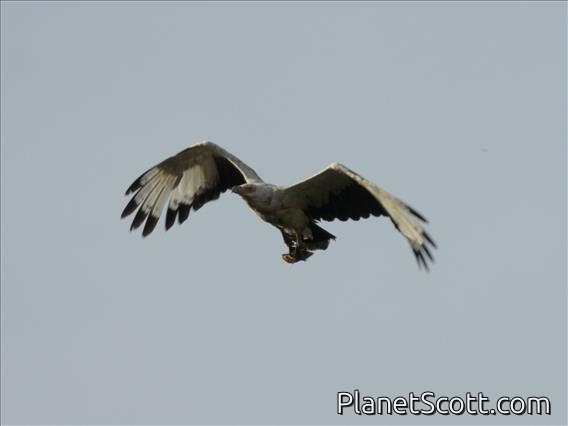Palm-nut Vulture (Gypohierax angolensis)

Palm-nut Vulture (Gypohierax angolensis)

Palm-nut Vulture (Gypohierax angolensis)


×



Palm-nut Vulture (Gypohierax angolensis)

Palm-nut Vulture (Gypohierax angolensis)
About Palm-nut Vulture (Gypohierax angolensis)
- Kingdom: Animals
- Phylum: Chordates
- Class: Birds
- Order: Hawks, Eagles, Kites, and Allies
- Family: Hawks, Eagles, and Kites
The palm-nut vulture or vulturine fish eagle, is a large bird of prey in the family Accipitridae. It is the only member of the genus Gypohierax.
Source: Wikipedia
Visits
-
-
-
2017-01-09
Queen Elizabeth II National Park, Uganda -
-
2025-02-07
Amani Forest Reserve, Tanzania -
-



